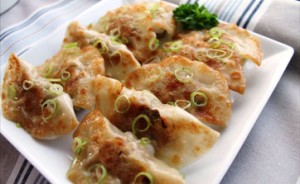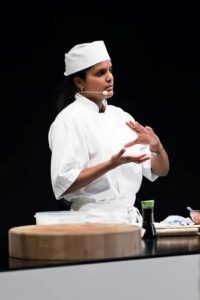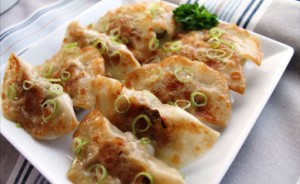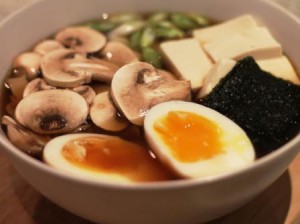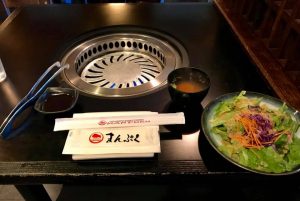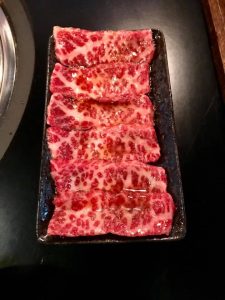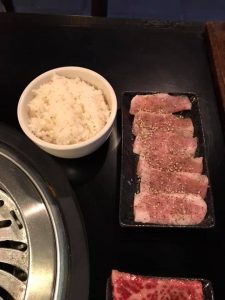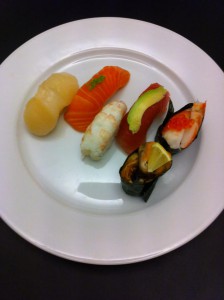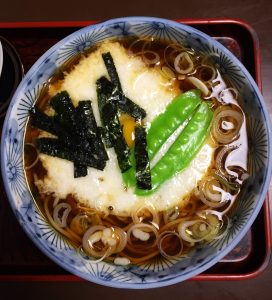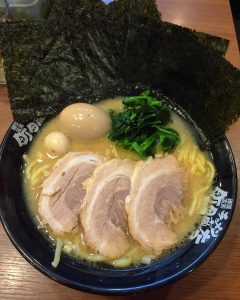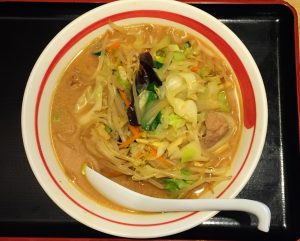 As you very well an aware of there is many local fish of very high quality. Fish that are suitable and perfect for sushi but they are very often exported abroad.
As you very well an aware of there is many local fish of very high quality. Fish that are suitable and perfect for sushi but they are very often exported abroad.
For some strange reason mostly tuna, salmon and white fish find their way to sushi restaurants in many countries.
It is a pity that there are many local fish which are suitable for sushi but not being used. They have unique flavors and taste.
If want to try to use local fish for sushi you have to make sure that the fish is of best quality possible.
_
Zoë has lectured and held sushi courses for A. P. Moller – Maersk, Hugo Boss Nordic, Novo Nordisk, Novartis, Velux, Gorrissen Federspiel, Accenture audit Elbek & Vejrup and many more.

